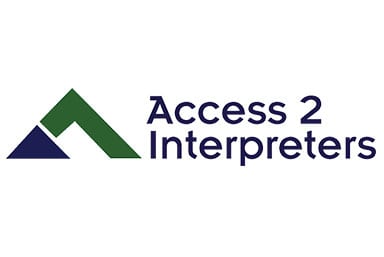
The History of Language Interpretation
- Posted on
- access2interpreters
Language interpreting is known to date back to Ancient Egypt during the 3rd millennium B.C. The first records of interpreting were in the form of Egyptian low-relief sculptures in a prince’s tomb that made reference to an interpreter supervisor.
A strong importance of good business changed the way communication was carried out, and gestures were no longer enough, and so this is when the interpreter made his first appearance.
Interpreters continued to be employed throughout the middle Ages. Monks of many different nationalities interpret in monasteries; preachers of foreign lands interpret in councils, as well as some individuals interpreting on business expeditions, military incursions and diplomatic meetings.
During the Age of Discovery, the use of new and different languages had greatly changed the way we see interpretation today. Christopher Columbus in his first voyage noted that his Arabic and Hebrew-speaking interpreters we not very helpful in communicating with the Indians. After this voyage he decided to capture some Native Americans and teach them Spanish so they could help him as interpreters on his next expedition.
Access 2 Interpreters knows that communication is very important. We give you the opportunity to break through the language barrier with A2I. We offer Face-to-Face Interpretation Services in over 70 languages throughout Columbus, Telephone Interpretation Services in over 180 languages and Translation Services in over 50 languages nationwide. We’re here to help you! To inquire about translation and interpretation services, contact us today.

